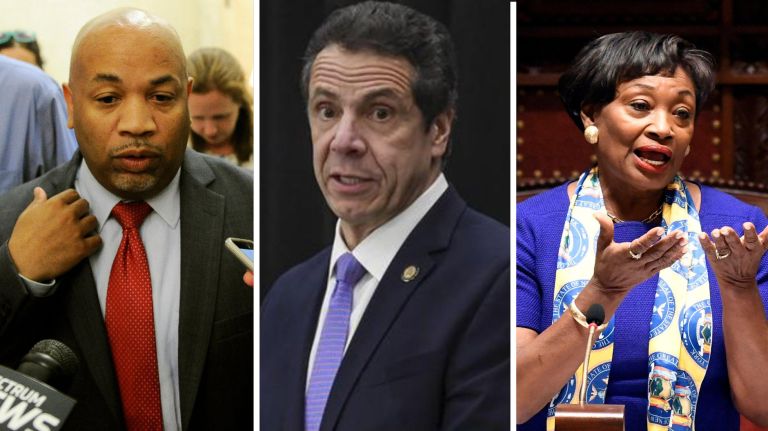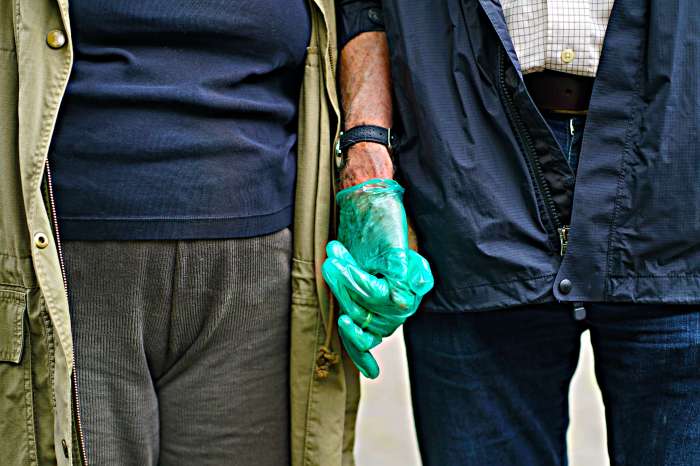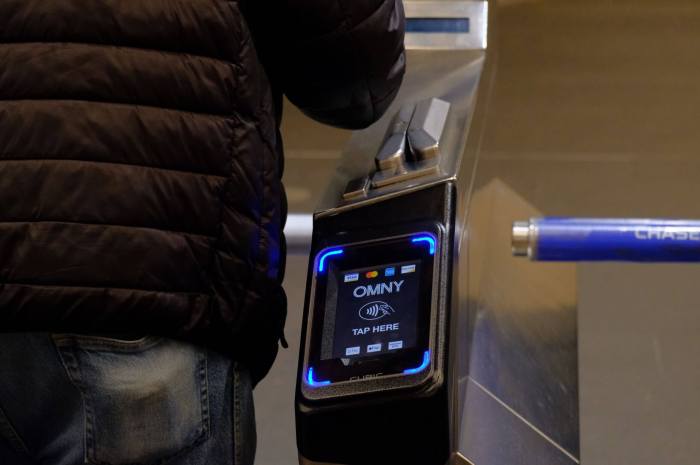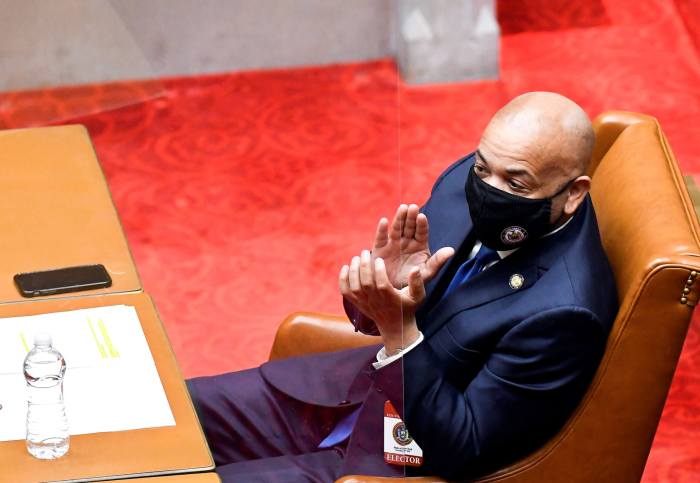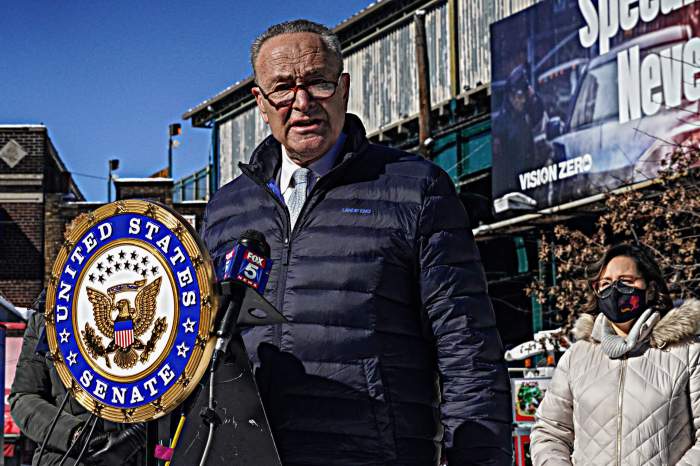State legislative leaders and Governor Andrew Cuomo reached an agreement on Tuesday afternoon for spending plan going into fiscal year 2022 — but the handshake came six days beyond the April 1 deadline.
The budget includes $29.5 billion in aid to schools, $29 billion in public and private “green economy investments,” $2.4 billion for rent and mortgage relief, legalized mobile sports betting and other facets that Cuomo believes will contribute to a recovery from the COVID-19 pandemic as vaccinations become the norm across the state.
“New York State approached this year’s budget with many challenges and the ongoing COVID-19 pandemic.” Senate Majority Leader Andrea Stewart-Cousins said. “Working and middle-class taxpayers will receive the relief they desperately need, while the wealthiest New Yorkers will help their neighbors. This budget makes New York better for all. In the remaining months of session, the Senate Majority will continue to deliver results that are reflective of our progressive values and priorities.”
Windfall from the federal government helped aid the state in closing budget gaps, but it was likely the ongoing accusations of sexual misconduct against the governor that sent the most amount of doubt through legislators minds. Weeks ago, Stewart-Cousins called on his resignation out of concern that the scandals caused a distraction to the business of government — yet the budget deal got done anyway, albeit nearly a week late.
The state will be fueled by $111 billion in operating funds and $212 billion in spending, which Cuomo has framed as more of an investment in recovery rather than a simple budget and as such could impact the state’s financial standing for the next decade.
“New York was ambushed early and hit hardest by COVID, devastating our economy and requiring urgent and unprecedented emergency spending to manage the pandemic,” Cuomo said. “Thanks to the State’s strong fiscal management and relentless pursuit to secure the federal support that the pandemic demanded, we not only balanced our budget, we are also making historic investments to reimagine, rebuild and renew New York in the aftermath of the worst health and economic crisis in a century.”
Other aspects of the budget deal include:
- $2.4 billion for child care
- $2.1 billion for excluded workers
- $1 billion for small business recovery
- A first-in-the-nation plan to make broadband internet affordable
- Legalizing mobile sports betting
“Budgets are a statement of values, and in my two decades of service to the people of New York I can’t think of a more far-reaching and impactful budget than this. It meets longstanding goals of our Assembly Majority and addresses the historic inequities that have existed for too long,” Assembly Speaker Carl Heastie said.
The school aid accounts for a $3 billion boost in funding over the year prior as the transition from at-home learning to in-person classes continues.
According to Mayor Bill de Blasio, New York City schools have a positivity rate of 0.57% and over 65,000 school employees have been vaccinated.
“So, even with the challenge of the variants, I think we are clearly doing very well in the schools, and in fact opposition gets stronger all the time as more and more people get vaccinated,” de Blasio said.
In his January State of the State presentation, Cuomo expressed the intention to build out New York’s green infrastructure through off-shore wind and other environmentally sound means, a prospect which he believed at the time would cost $26 billion.



